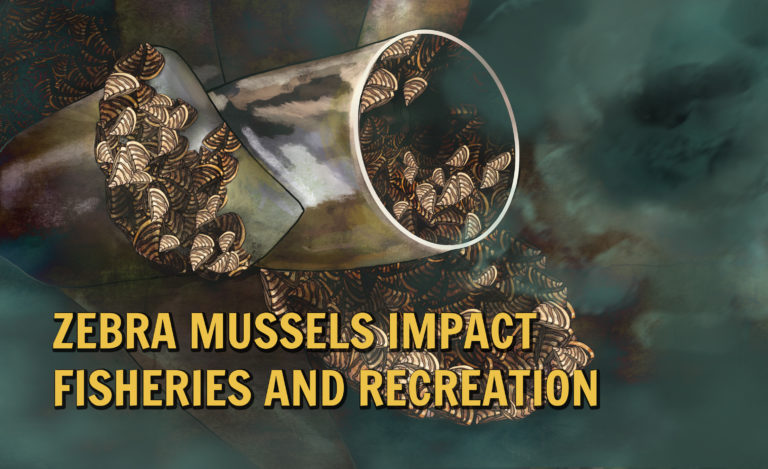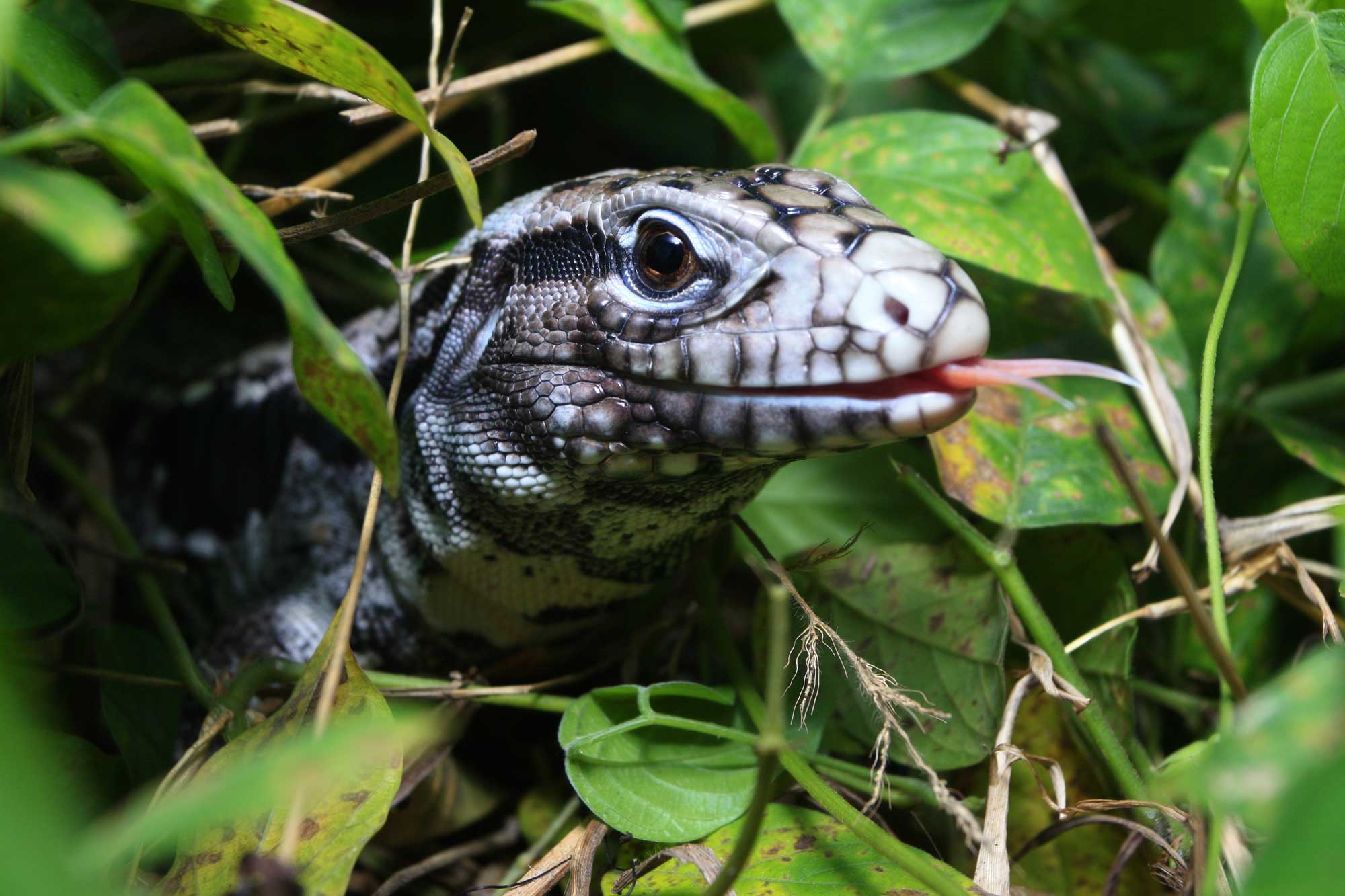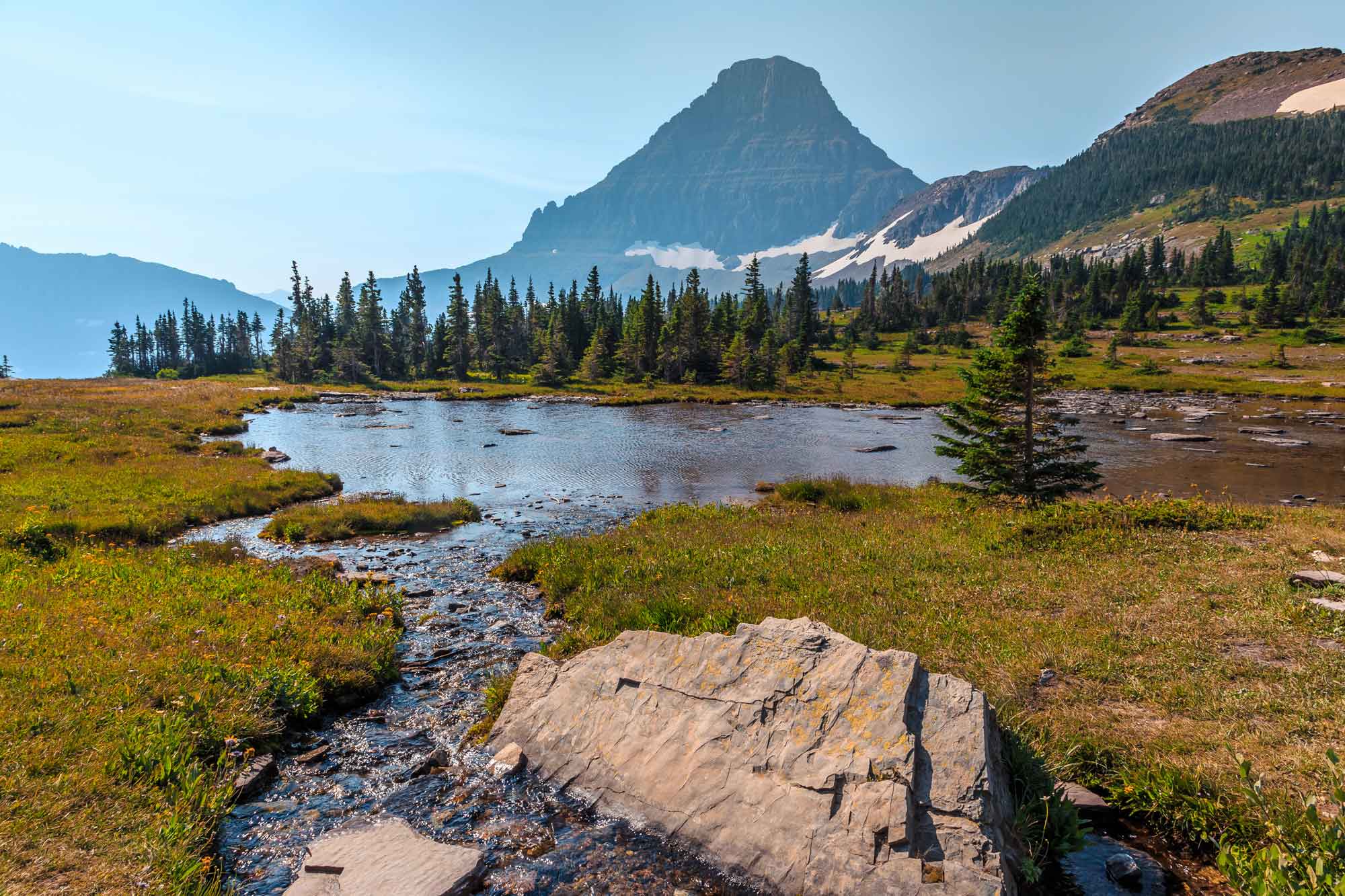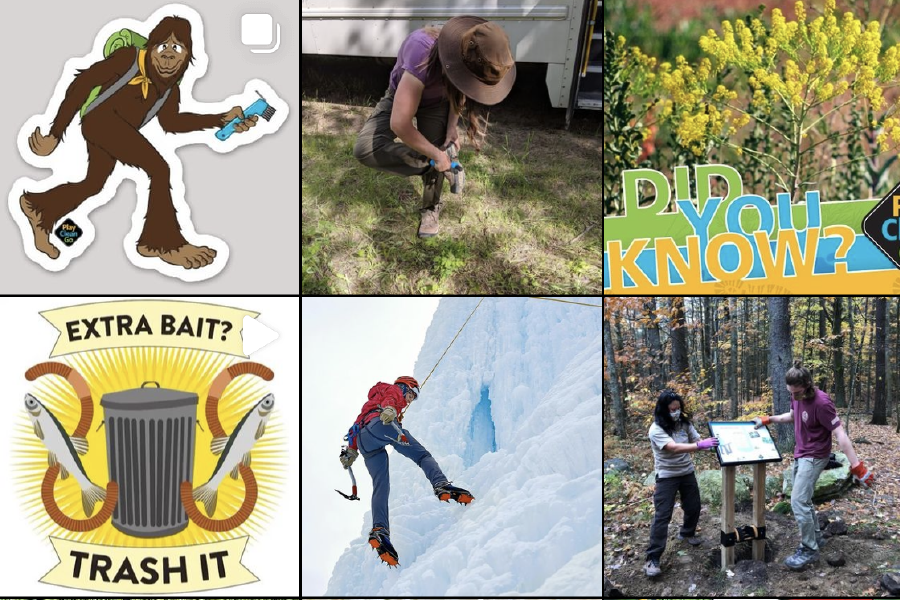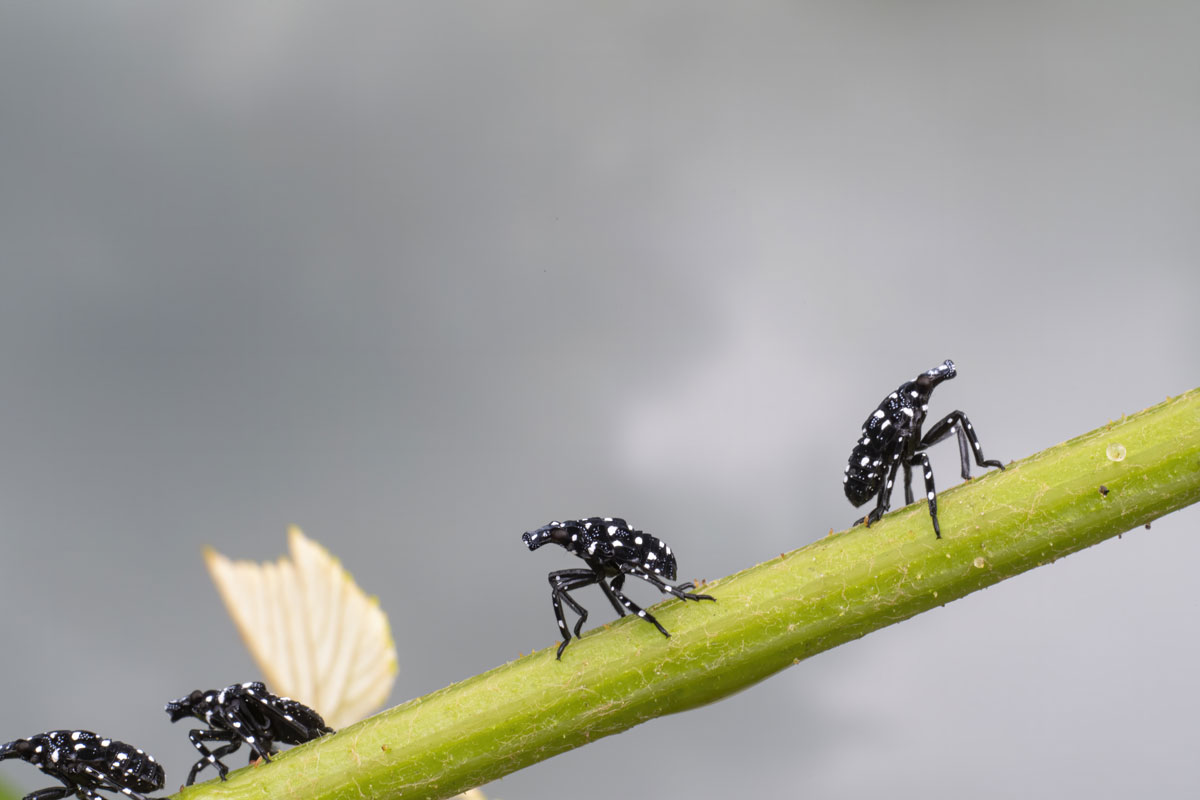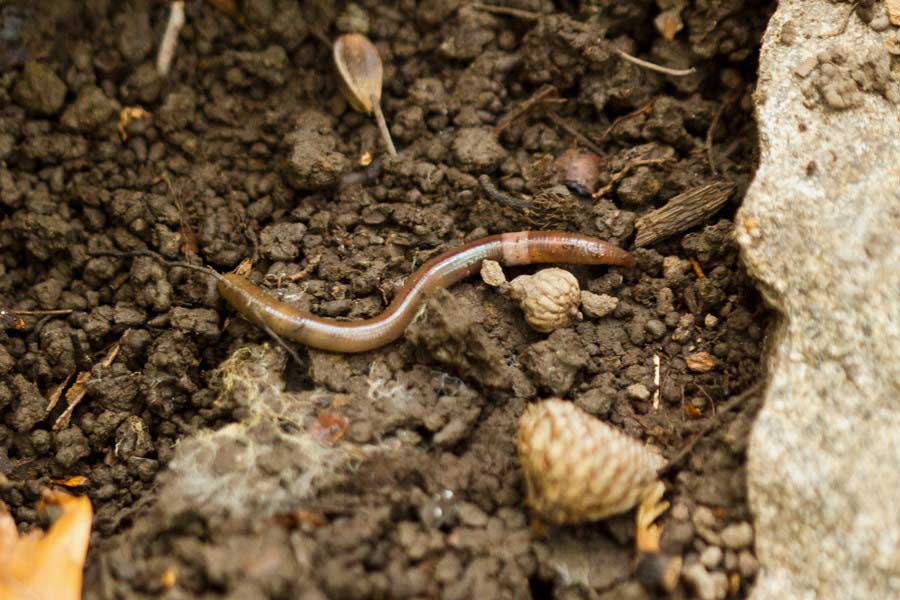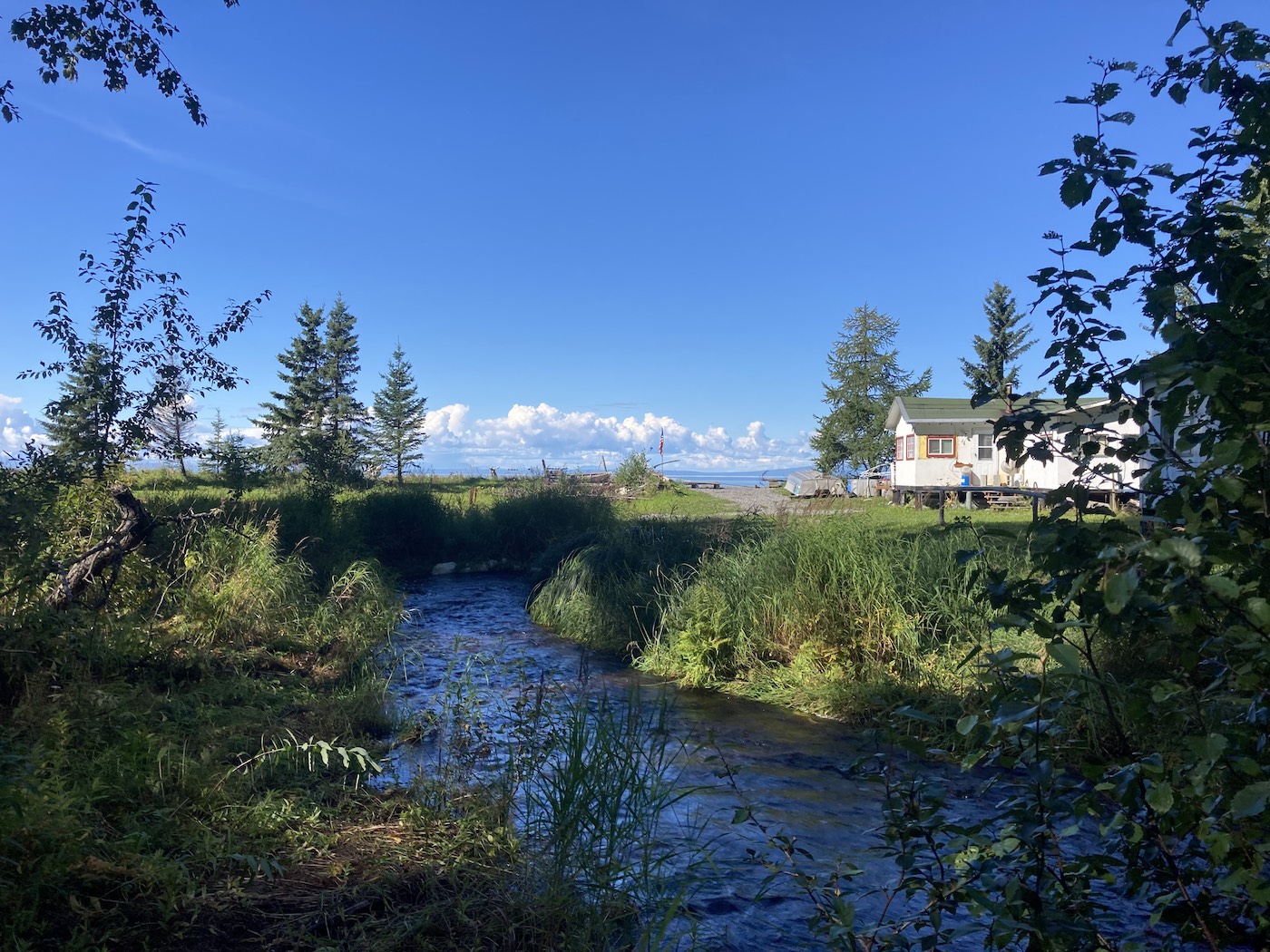Webinar: The Power of Ethical Framing
Message frames are often used to communicate about invasive species due to the additional meaning they provide. They appear in calls to action like “join the battle against invasive species,” “unwelcome exotics,” or “Stop Aquatic Hitchhikers.” However, little is known about how stakeholders respond to these message frames. This research tested five common message emphasis frames used in invasive species communication. These message frames were placed in social media advertisements about zebra mussels to determine the impact each message frame had on user online behavior.

